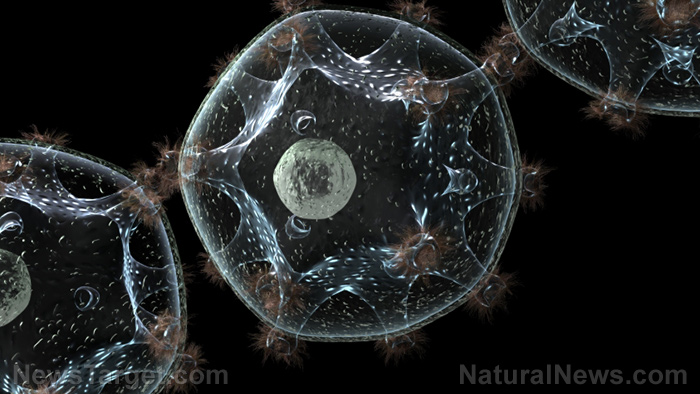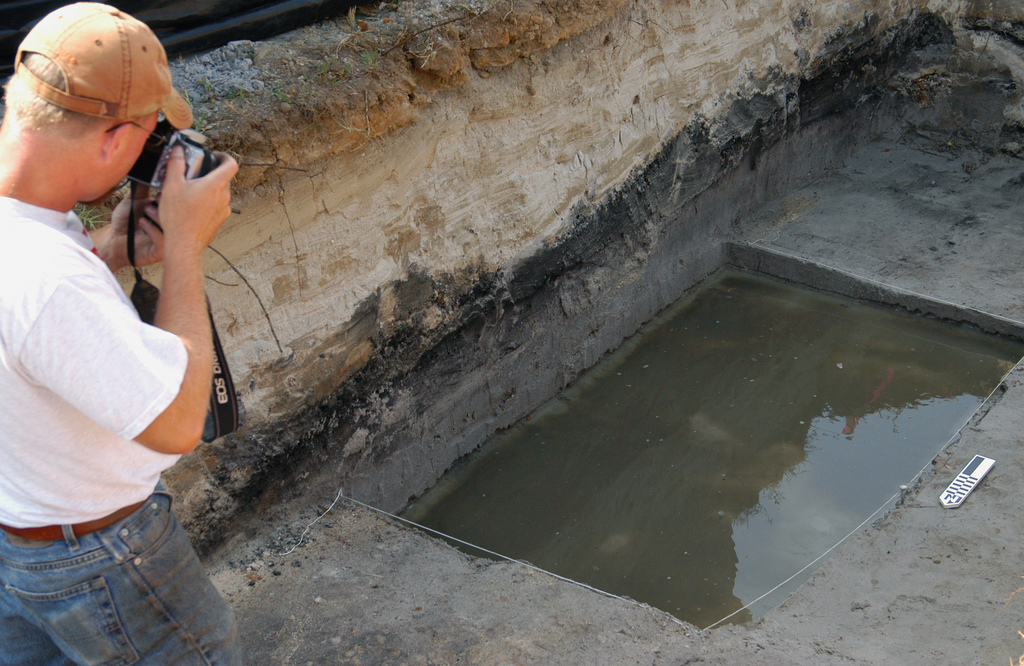Researchers “shed light” on plants’ circadian clocks: Findings could be used to improve future crops
02/27/2020 / By Michael Alexander

Every person has a circadian clock, an invisible internal mechanism synchronized with solar time. This “clock,” according to the National Sleep Foundation, drives a person’s circadian rhythm, which regulates daily sleep-wake cycles. As it turns out, even plants have one, too.
First discovered in 1729 by French geophysicist and chronobiologist Jean-Jacques d’Ortous de Mairan after measuring leaf-movement rhythms in mimosas, plant circadian rhythms have been found to regulate biological processes such as photosynthesis, defense against pests, mineral uptake, flowering and water regulation, as well as metabolism and nitrogen fixing.
Now, recent research at the Earlham Institute may hold the key to steering plant circadian rhythms to another purpose: improving future crop yields.
As detailed in the journal Plant Methods, the research conducted at Earlham focused on accurately measuring plant circadian clocks by observing “delayed fluorescence” – the light emitted by plants after being illuminated – in two plants: common or bread wheat (Triticum aestivum) and rapeseed (Brassica napus). This “afterglow,” first discovered by scientists William Arnold and Bernard Strehler in 1951, happens when the pigment chlorophyll emits excess absorbed light and, according to previous studies, has been found to persist for long periods of time, even in the dark.
This method, lead researcher Hannah Rees said, works by measuring delayed fluorescence from photosystem II. Located in the thylakoid membrane of plants, this photosystem provides the electrons needed for photosynthesis to occur. According to the study, photosystem II activity oscillates in a 24-hour window, which, according to Rees, is very useful in organisms that rely on the sun for energy.
Rees and her team found that the built-in circadian clock in rapeseed keeps ticking along in 24-hour light, whereas the one in wheat functions better under constant darkness. In addition, the researchers found that in both types of plants, the circadian clocks oscillate faster the more that the plants and their leaves age.
“We’re really thrilled to lead the first study using delayed fluorescence (light emission) as a tool for enhancing crop plants, focusing on the useful insight we’ve gained on the differences between how the clock rhythms work in Brassica and wheat,” Rees said.
Rees posited that crops grown on the equator may have different rhythms compared to plants grown near the poles because of major differences in day-length. Adding to this, Rees said that plants with circadian clocks in sync with the natural environment are often healthier and are seen to produce higher yields.
According to Rees, their findings could be useful for future research into crop improvement, as their technique will allow researchers to detect differences between circadian rhythms in crops currently being grown for food and help them work out if a plant’s rhythm fits the environment in which it is being grown. (Related: No direct sunlight? No problem! Here are 15 vegetables you can grow in the shade.)
“The fact that the clock speeds up as the plant gets older is also really amazing and our next question is why this might happen? Is there a biological advantage for having a ‘teenage’ clock and an ‘elderly clock’? We hope our work will help to improve crop yields by allowing breeders to select crops with circadian clocks matched for optimal growth in certain regions of the world,” Rees said.
Sources include:
Tagged Under: agriculture, circadian clock, circadian rhythm, cool science, crops, discoveries, Ecology, environment, farming, food supply, harvest, photosynthesis, Plants, research, wheat
RECENT NEWS & ARTICLES
COPYRIGHT © 2017 DISCOVERIES NEWS


















